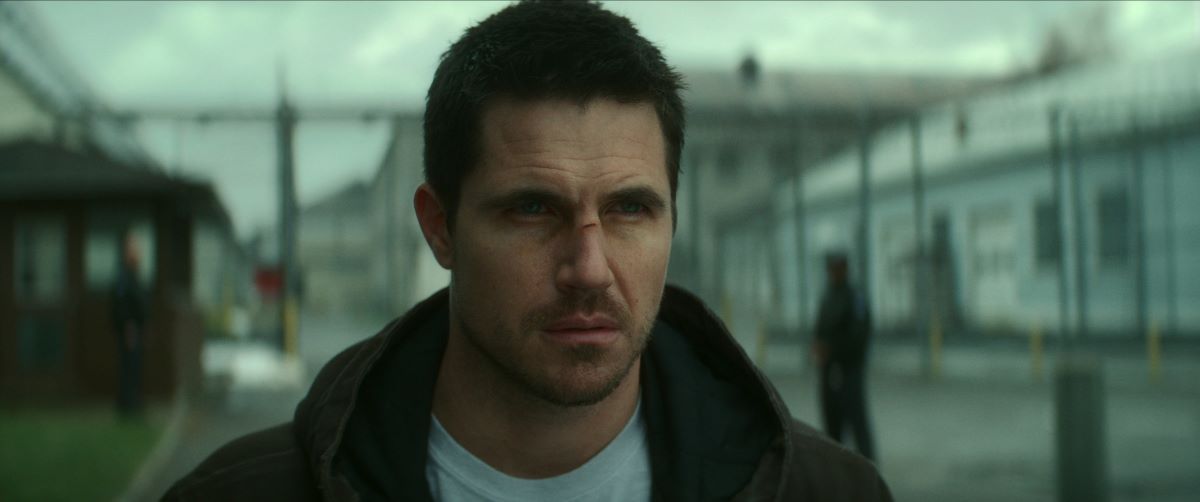
Code 8: Part II (2024) - Movie Review
- Mar 9, 2024
In the Spring of 2020, filmmaker Jeff Chan introduced us to Robbie and Stephen Amell's portrayal of mutants existing under an oppressive government in "Code 8," a film that spoke to topical issues yet went relatively unnoticed. The planned sequel became a casualty of Quibi's demise, however, Netflix has now breathed new life into the franchise with "Code 8: Part II."
Digging deeper into the recurring themes of police militarization and increasing surveillance, we return to Lincoln City five years after the events of the first film. The Amell brothers reprise their roles; Robbie as Connor, a felon fresh from prison, and Stephen as Garrett, a drug lord who once allied with Connor to save his dying mother. Both characters, like 4% of the city's population, are Powers, or individuals gifted with superhuman abilities but looked down upon and heavily policed.
The sequel further explores the dystopian society where the superpowered are forced to either conceal their abilities or commit crimes to survive. Their powers are exploited to produce a dangerous drug, Psyke, derived from their spinal fluid. The trafficking of this drug and shady transactions with corrupt police officers are central to the narrative.
Continuing from where the first film ended, Officer Park (Sung Kang) becomes aware of the corrupt system he operates in. In "Part II", we see this corruption from the perspective of Sergeant "King" Kingston (Alex Mallari Jr.) who introduces a new robotic K9 program, an evident nod to NYPD's robot dogs, to replace the Guardians – violent robots from the earlier film. An active participant in the Psyke trade, King attempts to win over civilians with Piper, a K9 demo at a local party.
However, when a K9 unit kills one of the characters, Tarak (Sammy Azero), under King's command, the city discovers that these machines are not as harmless as advertised. Tarak's teen sister, Pavi (Sirena Gulamgaus), a 'transducer', is able to subdue the K9 and share the incriminating footage, showing the citizens that the police's new peacekeeping solution is a farce.

This puts King on Pavi's trail and thus, Connor and Garrett must unite to protect her. The film takes adventurous twists and turns as Garrett attempts to balance his illegal business, serving his community, and warding off the police. Meanwhile, Officer Davis (Aaron Abrams) stands by Connor in this saga.
There are grey areas in the film's stance on the police role. It questions if the system faltered due to a few bad officers, or if the complete system is flawed? The narrative fails to provide a precise answer.
The sequel lacks the tight storytelling of the original, which was solely scripted by Chris Paré. With additional writers on board, it feels like there's a bit of confusion. Despite this, Chan's striking visual imagery persists, painting a picture of a weary, dilapidated Lincoln City.
While the action sequences boast some eccentric entertainment, "Code 8: Part II" struggles to capture the audience’s empathy. It fails to make time to thoroughly develop the characters, leading to a lack of emotional investment in their lives. A surprising twist involving King pops up unexpectedly and adds interesting layers to the plot.
"Code 8: Part II" aims to highlight police excessesand societal corruption but depends on a perhaps naive belief-footage exposing corrupt police violence leading to officer punishment and systemic reform. However, realistic or not, a world where defunding the police to fund community centers might just be the beacon of hope we need in contemporary speculative fiction.







